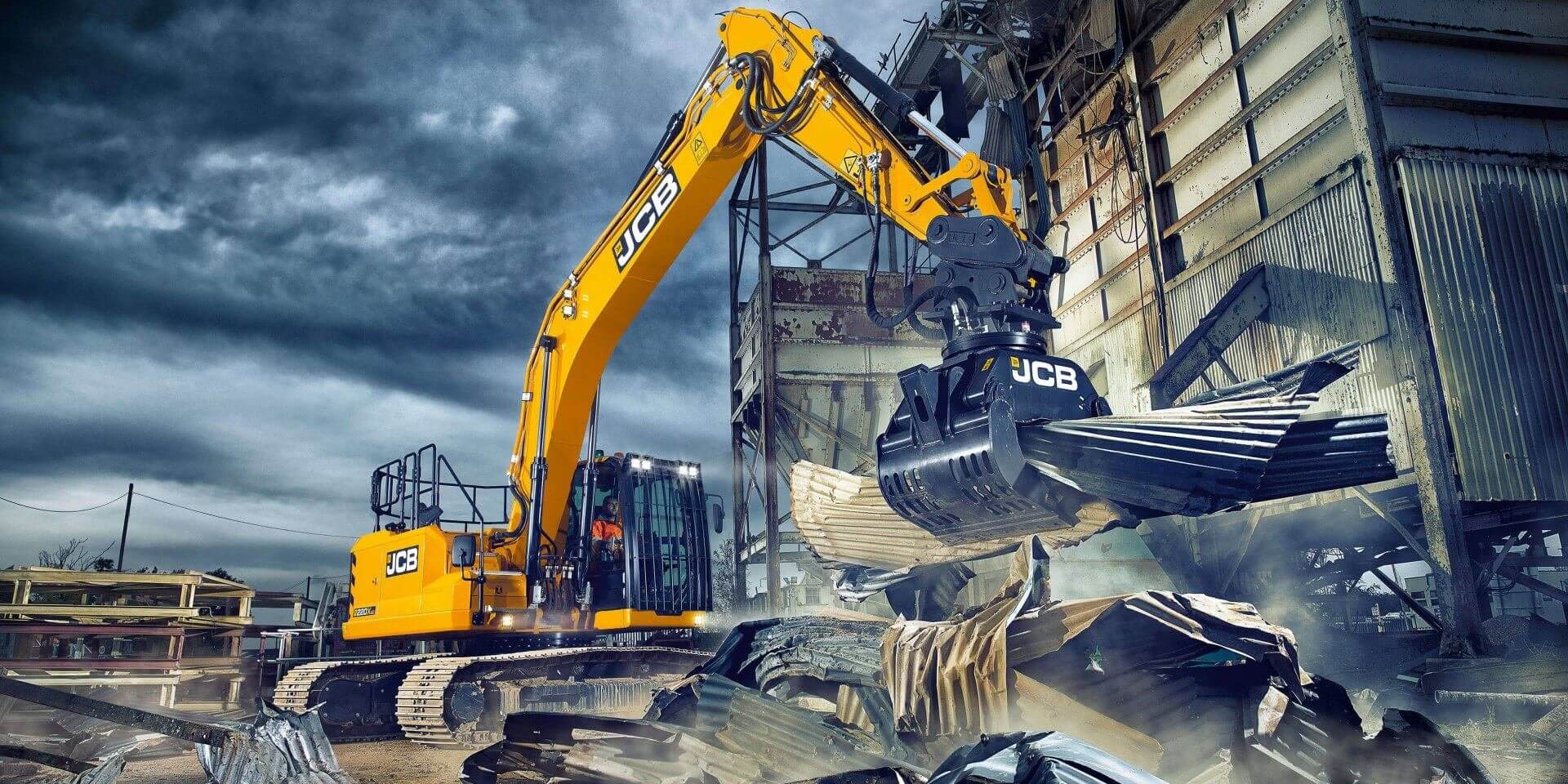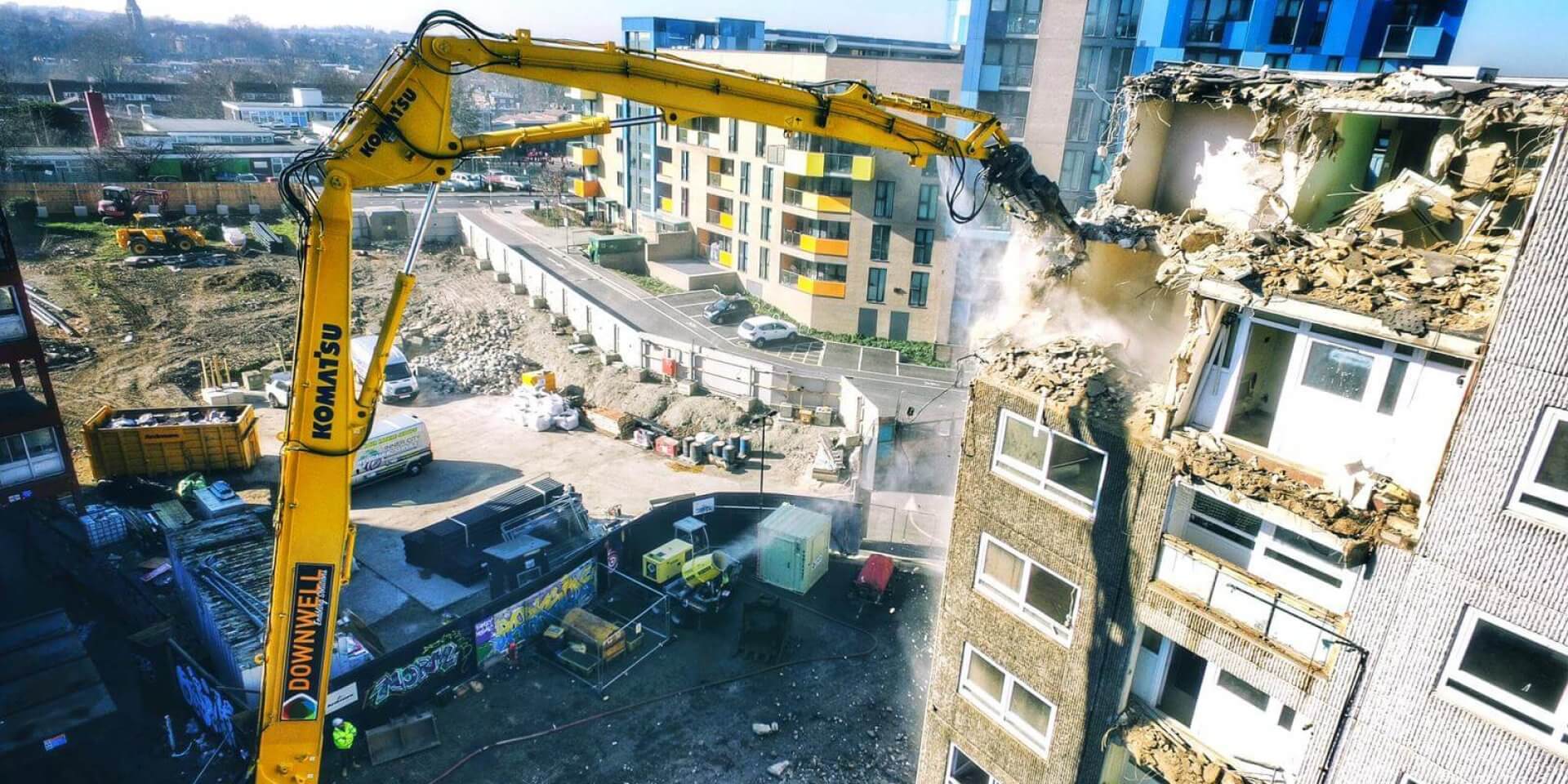DemolitionNews brings you more details of last weekend’s implosion.
A few days ago, we brought you some raw footage of the implosion of a pair of headstocks at Nottingham’s Welbeck Coliery. Now, thanks to the team at Ron Hull Demolition, we can bring you some more information on the blast; together with an exclusive video.
According to Ron Hull Demolition, half the village of Meden Vale in Sherwood Forest and camera crews from four television stations turned out to see the team bring down the headstocks at the century old Welbeck Colliery.
The demolition was the climax of a six-month project to clear the site, one of the last two mines in Nottinghamshire, which ceased production a year ago.
The headstocks were taken down three seconds apart, falling to the right and left of the colliery power house, a listed building that remained live throughout the operation.
Ron Hull Demolition contracts director David Wall said: “It is actually the third explosive demolition that we have carried out on the site since we moved on last November but the headstocks coming down was clearly a particularly iconic moment – carried out in full view of the whole village.”
“The major issue the team had to deal with was the presence of the power house, a listed building that lay between the headstocks. I’m pleased to say that the operation went beautifully, with the towers going just where they were intended, leaving the power house completely untouched.”





